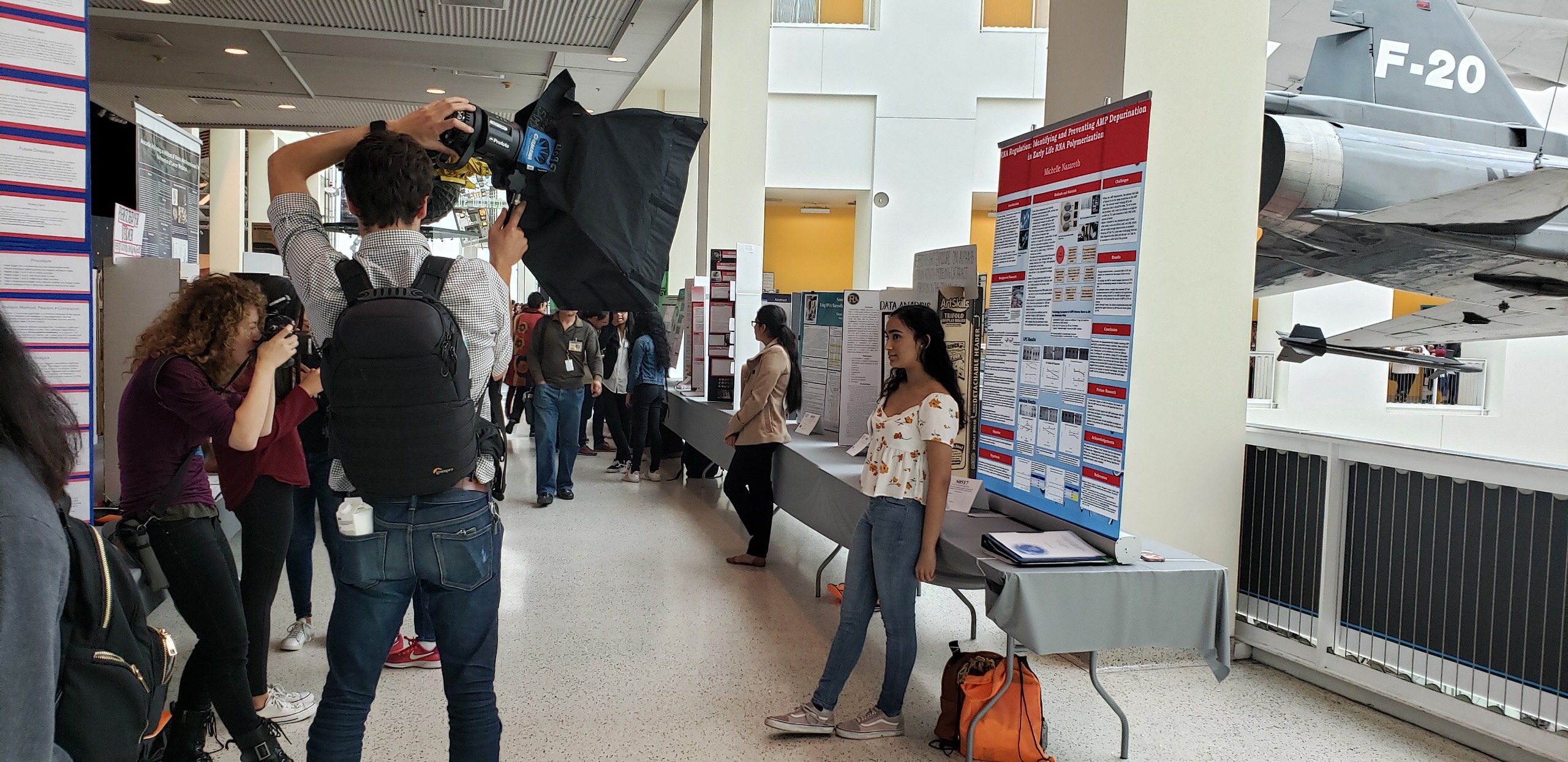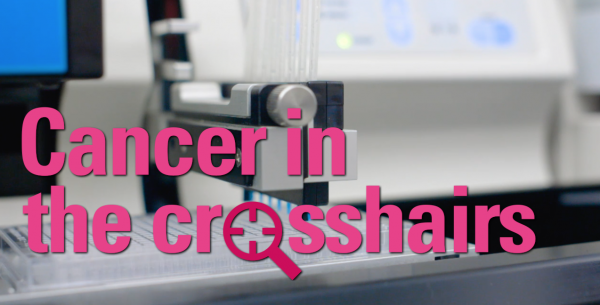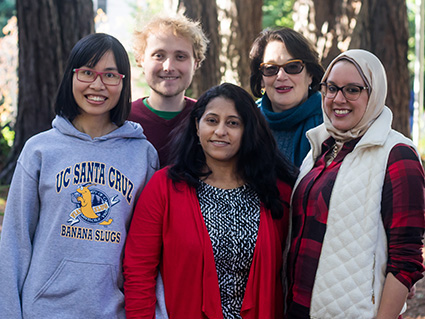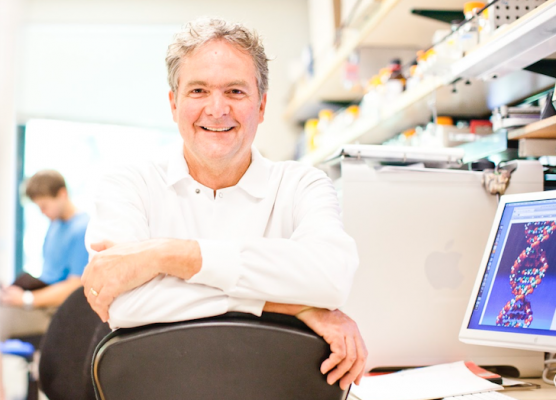Companies
I got interviewed by National Geographic!
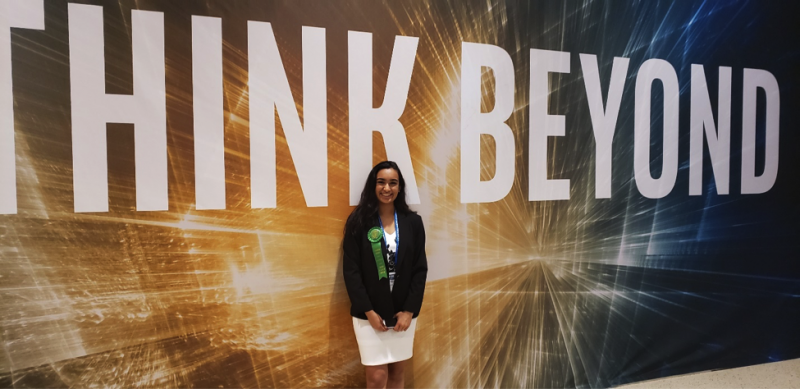
By Michelle Nazareth
Student, Kirby School
Special to Santa Cruz Tech Beat
June 4, 2019 – Santa Cruz, CA
(Photo above: Michelle Nazareth wins 4th place in Biochemistry at 2019 Intel International Science and Engineering Fair in Phoenix, Arizona. Contributed.)
[Editor’s note: What a pleasure to share Michelle Nazareth’s story. I encourage you to read about this extremely impressive local high school — HIGH SCHOOL — student. Currently being mentored by David Deamer, UCSC Professor of Biomolecular Engineering and doing research in his Startup Sandbox lab, Michelle won 4th place at the 2019 Intel International Science and Engineering Fair, and was recently interviewed by National Geographic. Wow. Now, read the story!]
Michelle’s story
When I heard my name called out at the Phoenix Convention Center during the Intel International Science and Engineering Fair (ISEF) award ceremony, the memories of 11 years of science fair participation flashed through my mind: I had just won a 4th place award at the 2019 ISEF in Phoenix, Arizona for my project ‘RNA Regulation: Identifying and Preventing AMP Depurination in Early Life RNA Polymerization’. RNA is a nucleic acid like DNA and is thought to have preceded DNA in the pathway to the origin of life. I simulated prebiotic conditions in the laboratory to investigate how the RNA of the earliest life could survive on the Earth. Specifically, I studied how the adenine group breaks off from AMP molecules because of hydrolysis, a process called depurination. It’s one of the major problems in understanding how life can begin because when AMP breaks, the rest of RNA cannot polymerize. Through my experiments, I discovered that adding both lipids and adenine to solutions of AMP could protect it from depurination. My discovery was really important because it showed that depurination could be inhibited naturally on the earth 4 billion years ago.
My mentor, Dr. Dave Deamer from UCSC, gave me this incredible opportunity to conduct my science fair research at Startup Sandbox, which was my first experience in a professional lab! I had done a summer internship at UCSC and a molecular biology neuroscience program at Berkeley, but I had never worked independently in a lab before, so I was very excited to conduct my research there. These learning experiences helped me understand the research process and develop the patience needed to run and analyze multiple trials.
For five months, I spent 4 to 5 hours a week in the lab. Dr. Deamer introduced me to the techniques that I used in my experimentation—Wet-Dry cycling, Thin Layer Chromatography (TLC), UV analysis, sonication, centrifuging, analyzing a solution in a Nanodrop spectrophotometer, and finally calculating weight from an absorbency value using Beer’s Law. As with most research, I had to repeat my tests multiple times before I was able to reproduce the results with accuracy. I tested different concentrations and pHs of ammonium chloride, sulfuric acid, and phosphoric acid before I found conditions that worked. I experimented with lysophosphatidylcholine (LPC), which is a lipid, and adenine to protect the AMP from depurination. After repeated trials, I found that both experimental treatments worked, and adenine reduced depurination by a statistically significant amount at the .05 level. My results show that if a lipid and adenine were present on the early earth, AMP depurination would be inhibited and RNA could have been synthesized according to current theories about the origins of life.
When I competed in the Santa Cruz County Science and Engineering Fair, my project won the top prize in the senior division. I was also awarded the NASA Earth Science Special Award, the Plantronics Youth Pathfinder Special Award and qualified to participate in the CA State Science Fair. My recent win at the Intel International Science and Engineering Fair crowned it all!
My journey into the world of science fairs started with a science fair in kindergarten which was about colors on the color wheel. As simple as it sounds, starting research early is what really inspired my love for it. From observing colors, I progressed to testing ocean acidification, color strength in food dye and even how my asthma inhalers affected the growth of fruit flies! For two years, I developed an app to help predict meltdowns for children with ASD and contact their caregivers in times of an emergency. Even though the subjects of my experiments have varied widely, they all stemmed from pure curiosity. That’s why research is addicting—once you get results, you tweak and tinker with it in a never-ending cycle of new questions and hypotheses. As a rising junior at Kirby School, my endeavors in research have inspired me to major in neuroscience as an undergrad and continue to pursue an MdPhD in neurology and neuroscience.
The importance of sharing my research with others is something I learned from of my experience with Dr. Deamer. Science fairs have been an amazing opportunity to talk about research with judges, parents, and younger students who are genuinely curious about scientific processes. This year, at the CA State Science Fair, National Geographic photographed and interviewed me about my project for an article featuring girls in science. Both this and my experience at ISEF were wonderful opportunities to share my work at an international level! To me, this is the best prize of all because the greatest satisfaction I get for putting hundreds of hours into my science fair projects is to know that I can share the results in a way that benefits others.
###
Tagged Baskin School of Engineering, Santa Cruz County Science & Engineering Fair, Startup Sandbox, UC Santa Cruz





